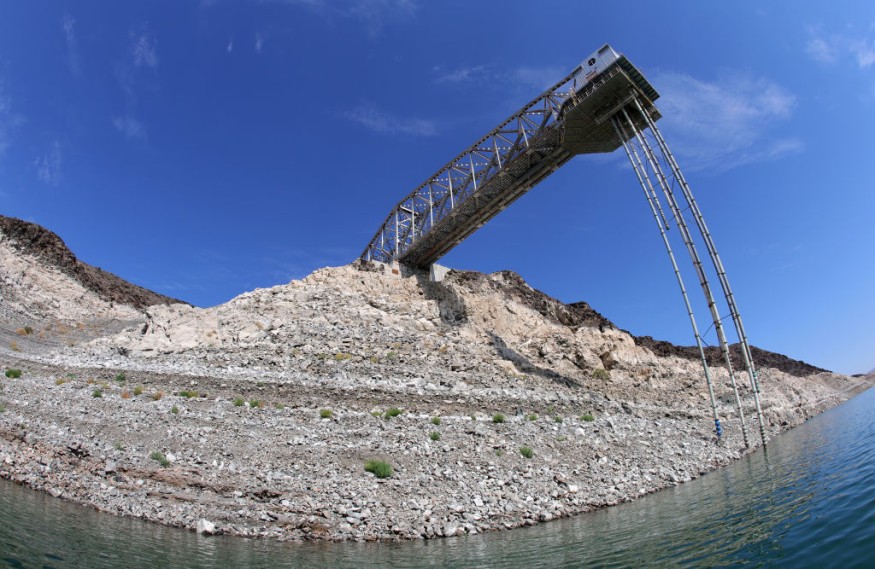After a heat wave that broke all records, the West US is cooling off. A chill and some rain are finally in the cards after a scorching wave broke records in parts of the West.

The western part of the country has seen unusual weather for weeks, but according to AccuWeather meteorologists, many areas are about to experience a cooling.
Some people may experience a rise in monsoonal moisture along with this temperature change, which will help alleviate drought at a generally dry time of year.
West Cooling Down
People in the western United States have demonstrated recently that unpredictable, unusual weather is nothing new to them.
Conditions across the Intermountain West have been typical, with catastrophic flash floods from the North American monsoon, days of high heat, and an unusual tropical storm in Southern California.
As of September 10, September has been characterized by oppressive, relentless heat in many parts of the West, as per the National Weather Service (NWS).
This was felt severely in California, where multiple areas smashed all-time high temperature records by considerable margins.
Temperatures are shockingly 12 degrees above average for the month in Sacramento, the state capital, where Tuesday's high of 116 F was the highest ever recorded for the city.
There hasn't been much cooling off from the heat elsewhere in the state, either.
San Francisco has been 6 degrees warmer than usual for the month, while Fresno has been roughly 13 degrees warmer than usual.
Temperatures have been 4 degrees above average, even in Palm Springs, California, which is already one of the warmest cities in the state.
Weather Changes

Late last week, Tropical Storm Kay brought clouds and tropical rain to parts of Southern California, causing temperatures to plummet.
Now, a significant pattern shift is anticipated throughout the western United States, which is expected to cause temperatures to decrease rapidly across a larger area.
Sacramento had dropped by more than 20 degrees by Monday, with a Monday high of 91 F.
This transformation is already taking place in the Pacific Northwest.
The weekend's high in Seattle, where temperatures soared into the 90s on Saturday, was just 72 degrees, and it will be 72 degrees again on Monday.
Once again, most of this week will see temperatures in the low 70s, which is usual for mid-September.
It serves as a reminder that summer is gradually ending as temperatures drop this week after such a brutal heat wave.
As we get closer to fall, LeSeney said, "The risk of strong, abnormal heat will slowly reduce since at this time of year, the average high temperature drops a degree every two or three days.
Monsoon Bringing Moisture
As the North American monsoon brings more moisture to the area, some people will experience further heat relief from increasing showers and thunderstorms.
While this rainfall is frequently restricted to a small number of southwesterly states, storms can occasionally move further north, reaching states like Idaho, Utah, and Wyoming.
While Hurricane Kay drenched Southern California, many other regions have recently seen dry weather.
According to LeSeney, a disturbance connected to Kay's wreckage will come ashore early this week, stripping off some moisture and promoting the monsoonal moisture's northward migration.
For more environmental news, don't forget to follow Nature World News!
© 2025 NatureWorldNews.com All rights reserved. Do not reproduce without permission.





